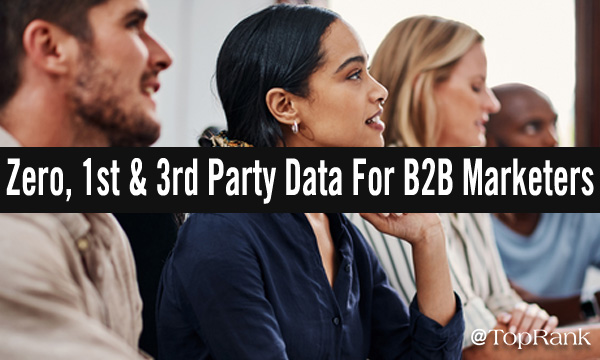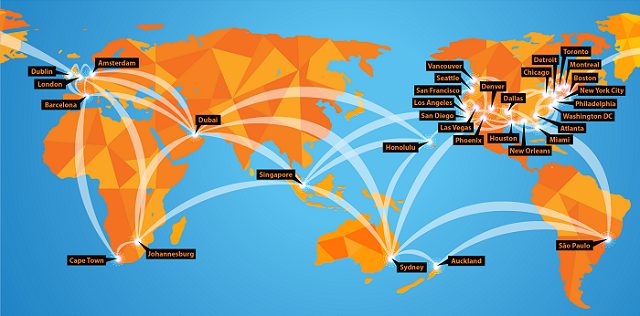The Difference Between Zero-Party, First-Party & Third-Party Data
We know — and even expect — brands to understand us and offer up personalized experiences. (And at this point, isn’t it annoying when a brand obviously doesn’t “get” us?)
While we’ve seen a major shift from third-party to first-party data over the past few years, the latest trend now relies on zero-party data. And, if used correctly, it will become the most powerful source of buyer information.
Quick definitions
Before we dive much further, let’s quickly recap the different data sources:
- Third-party data is obtained or purchased from an outside source. Think Apple or Facebook’s abilities to provide demographic or other interests based on information collected from those sites. The data is not exclusive to your company, meaning anyone can have access to the same data.
- First-party data is collected by you. You collect it from your website, your app, or within your product itself. Typically, first-party data is behavioral data, such as a user clicking on three different screens — it shows you how the user engages with different experiences.
- Zero-party data is collected from — and shared voluntarily by — the user. Rather than assuming three clicks on different screens shows an intent to buy, you would ask the user directly, such as through a survey.
There’s also second-party data which is the first-party data from another source. It might be a trusted business partner that opts to share the data with you, or data you purchase. But for this discussion, we will focus on third, first, and zero-party data.
Third-party data is more limited than ever
Third-party data used to reign supreme. It was easy to rely on the data of tech giants like Google, Apple, and Facebook — with access to hundreds of millions of users — for targeted advertising.
But that changed with increased scrutiny over privacy. GDPR was implemented in 2018, fundamentally changing how individuals can control access to their data in the EU. Apple introduced user privacy options in iOS 14.5 and higher, where users could choose how their data is tracked. And Google has announced its intention to phase out third-party cookies by the end of 2024.
Marketers have realized that they cannot rely on third-party data in the future, and that it’s better to collect the data — in some form — themselves.
First-party data makes assumptions
First-party data can range from simple web analytics to in-depth product analytics that track every step of the user journey. It can be used for retargeting, personalized experiences, finding that “sticky” factor, and more. First-power data powers the experiences we expect — like Netflix’s “More Items to Explore” recommendations.
First-party data goes far deeper than third-party data because it looks at user behavior. Rather than placing users into buckets based on characteristics, first-party data relies on what users do on your website and within your product. Do they spend two minutes looking at a product page? They’re probably thinking …read more
Source:: Top Rank Blog


























